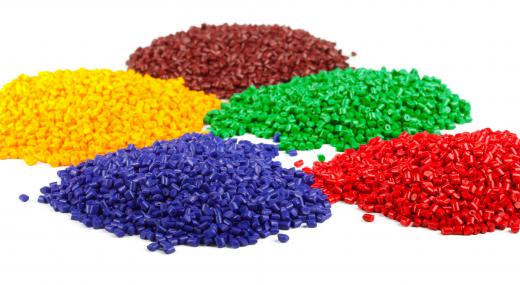Most plastic components on the market today are injection molded. An injection molded plastic part is created using an injection molding machine, which works by melting plastic pellets, and injecting them into a mold.
Designing plastic parts is a complex process, and the manufacturing end of it must be taken into account during the design phase. There are three elements of an injection molded plastic part, the nominal wall, projections, and holes and recesses.

The nominal wall refers to the wall thickness. The wall thickness throughout the part should not vary by more than 10 percent. Varying wall thicknesses in the injection molded plastic part are one of the main causes of flawed product. In designing the part, one wishes to avoid excessively thick walls, simply because thick walls use more plastic, and are more expensive to produce. However, there is a limit as to how thin the part can be as well. The strength of the part is a function of the thickness, and the final use of the product will determine the desired strength. Some specialized injection molded plastic parts require reinforcement with glass or carbon fibers.
A projection is an element of the part that projects out of the nominal wall, such as reinforcement ribs. The ribs must not be thicker than the nominal wall, or else sink marks may result.

Recesses and holes also are a major design element, The location of any holes or recesses may significantly affect the part's overall strength. Trying to create a hole in the side of a part is especially challenging, and the need for side holes should be minimized in the initial design.
Another design factor is the corners of the part. How the plastic enters and fills the mold is of great concern. Since melted plastic is a fluid, fluid dynamics will dictate the design as well, to a large extent. When flowing into the mold, the plastic may have to go around corners. The plastics will flow better if corners are rounded. The plastics will pull against a sharp corner during the cooling process, and a flawed part may result. Creating a low stress design with smooth transitions will result in a stronger part that is less likely to crack or break.
